Britain’s beaches offer something for everyone, whether it’s the traditional bucket-and-spade seaside experience or somewhere to walk and admire the scenery. Here is a selection that have grabbed our imagination.
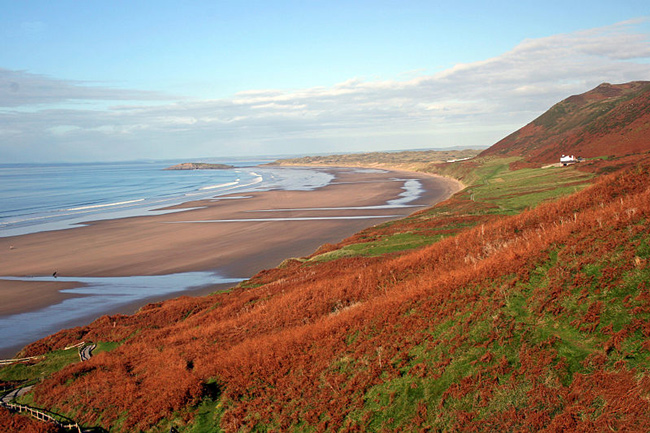
Rhossili Bay
Steeped in history and evocative beauty, Rhossili is located at the most western part of the Gower Peninsula in south Wales. At low tide, a number of shipwrecks can be seen emerging from the sand – most spectacularly, the oak carcass of the Helvetia, which ran aground here in 1887. The wreck creates a wonderful silhouette against both the sunlight and moonlight. However, it is not the only attraction; remains of Stone Age man were found in Paviland Cave nearby and two Neolithic burial chambers (known as Sweyne’s Howes) have been identified on Rhossili Down.
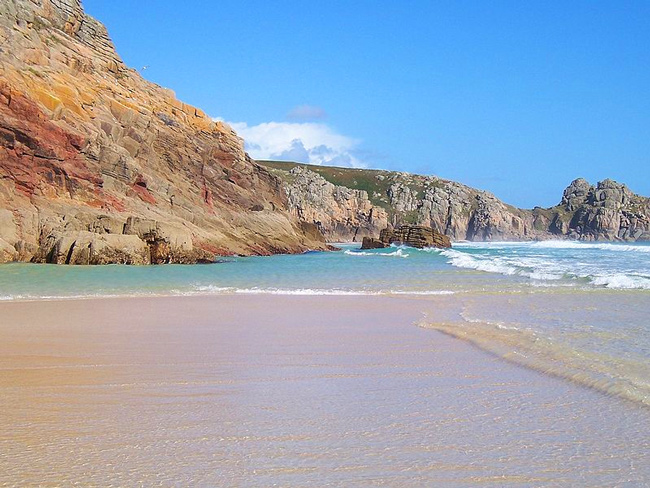
Porthcurno
A triangular beach hidden away in the steep granite around Cornwall’s southwestern coast, Porthcurno is remarkable for more than just soft sand and clear blue sea. Porthcurno was once home to the ‘Victorian internet’; the telegraph cables that linked Britain with the world. The valley was the hub of international cable communications from 1870 to 1970. In the Second World War, secret tunnels were dug by Cornish miners to protect the entire telegraph operation.

Luskentyre, Isle of Harris
Scotland is perhaps more famed for its majestic mountains and heather-strewn landscapes than tropical white sand. That is, unless you have seen Luskentyre Beach, a vast expanse of sand which bites deep into the south of the Isle of Harris in the Outer Hebrides. The colours are what strike you first; the pale sand contrasting with the shimmering turquoise sea, the blue of the sky and the verdant greenery nearby. All of this is breathtakingly framed by the North Harris mountains, giving the beach an other-worldly air. It definitely feels a world away from the tourist trail.
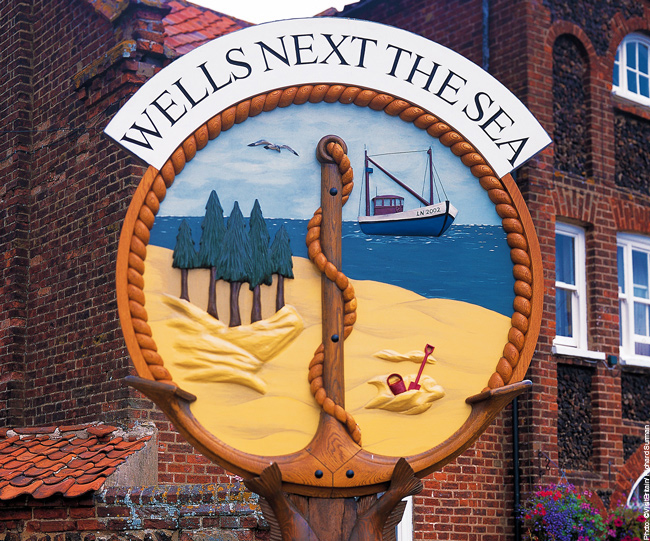
Wells-next-the-Sea
The unusual name of this seaside town in Norfolk comes from the springs which rise through the ground – but it is the picture-perfect beach near to Wells-Next-The-Sea that draws visitors. Backed by sand dunes and pine trees, the beach stretches miles to the west and is famous for its colourful beach huts which stand on tall wooden legs. The wide, flat beach is also ideal for collecting shells. The area is renowned for its wildlife: boat trips depart from the harbour to see the seals that live on the Norfolk coast, while the nearby salt marshes are part of a nature reserve, attracting a rich variety of bird life throughout the year.
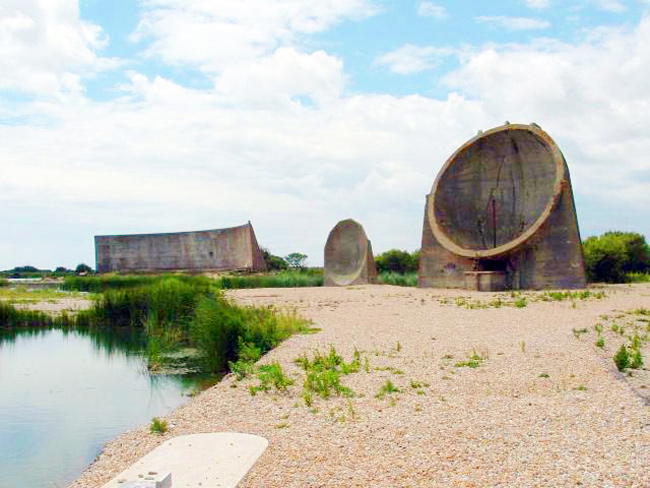
Dungeness
Isolated, inspiring and a place of intrigue to scientists and historians alike, there is nowhere in Britain quite like Dungeness Beach in Kent. One of the largest expanses of shingle in the world, it is a place of international ecological importance. There is a remarkable variety of wildlife, plus over 600 different types of plant. Its importance as a conservation area means it is difficult to get planning permission to build here. This gives the location an unspoiled, slightly eerie and remote beauty, an aura emphasised by the structures which do exist.
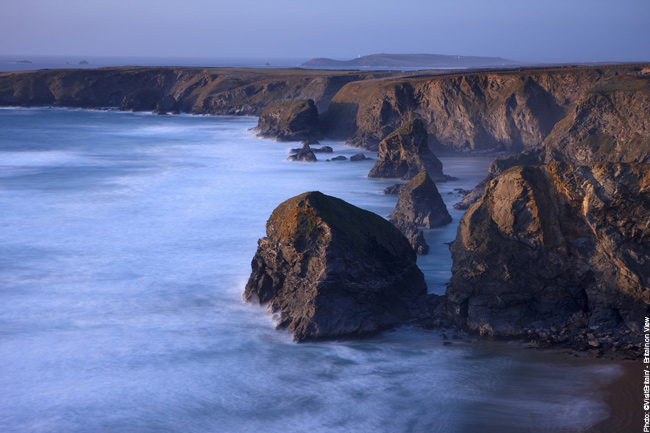
Bedruthan Steps
Legend has it that the rock formations on Bedruthan Beach were caused by Cornish giants who used the rocks as stepping stones to cross the bay. The scientific explanation – that coastal erosion has worn back the cliff face, leaving vast outcrops of volcanic rock scattered along the beach – does not make these miniature mountains in the sand any less dramatic. At high tide, water surrounds the towering monoliths but during low tide, you can reach the beach using a stone staircase cut into the steep cliffside.
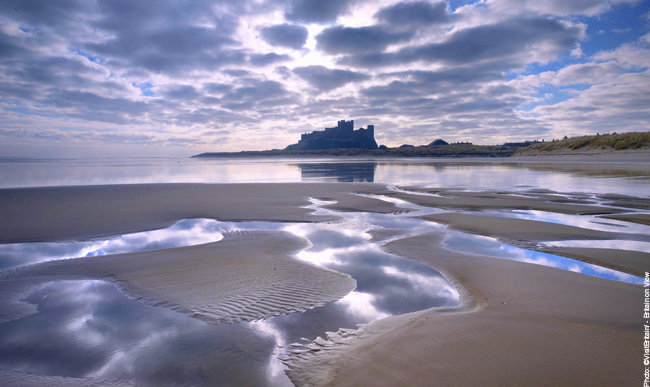
Bamburgh
Green scenery, attractive beaches and grand castles are the hallmarks of the Northumberland coastline. What makes this area special is that they are often all mixed together. Bamburgh Beach offers a mile of flat, honey-hued sand and clear blue seawater. In addition, it also offers wonderful views of Bamburgh Castle, situated on a rocky plateau which overlooks the beach.
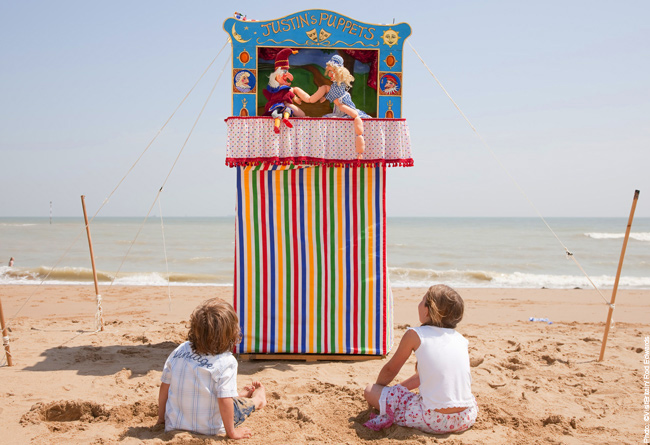
Broadstairs
This pretty, seaside town is famed for its seven sandy beaches and its unique link with Charles Dickens. The author was a regular visitor between 1837 and 1852, staying at Bleak House, where he wrote David Copperfield and which inspired the novel of the same name. Extensively refurbished, the Dickens House Museum, facing onto Viking Bay in Broadstairs, is a Mecca for Dickens fans, with numerous personal artefacts and letters on display.
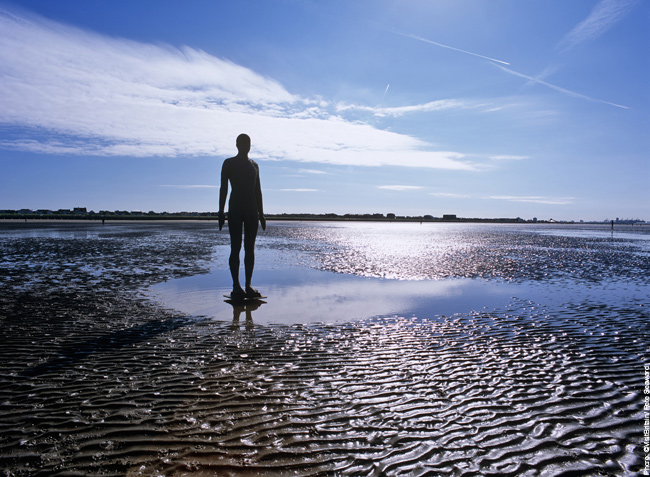
Crosby Beach
One hundred identical, life-size figures are dotted across the flat planes of Crosby Beach. Staring serenely out to sea, they pay no heed to the ebb and flow of the tide, being submerged by the water only to reappear each day in the same location. While this beach to the north of Liverpool is picturesque in its own right, it is this series of cast-iron figures – an art installation named Another Place, created by Antony Gormley – that makes this stretch of shore unique. Open since 2005, the installation has grown so popular that, while it was due to travel to New York in 2006, the local council voted to offer it a permanent home here.
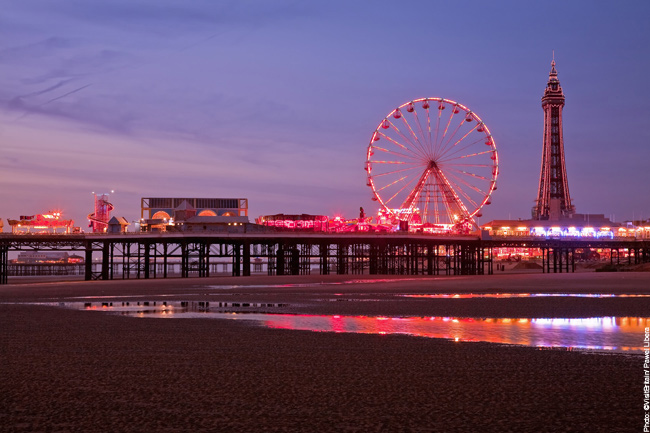
Blackpool
The quintessential British seaside spot, Blackpool is the place to go for sticks of rock, striped deckchairs and donkey rides along the miles of sandy beach. Donkey rides have been part of the seaside holiday experience since Victorian times and Blackpool is home to around 200 donkeys – although careful animal health guidelines mean they enjoy a better quality of life than their beach-dwelling ancestors may have done over 100 years ago.
Download BRITAIN Magazine to your mobile today






 © 2024
© 2024